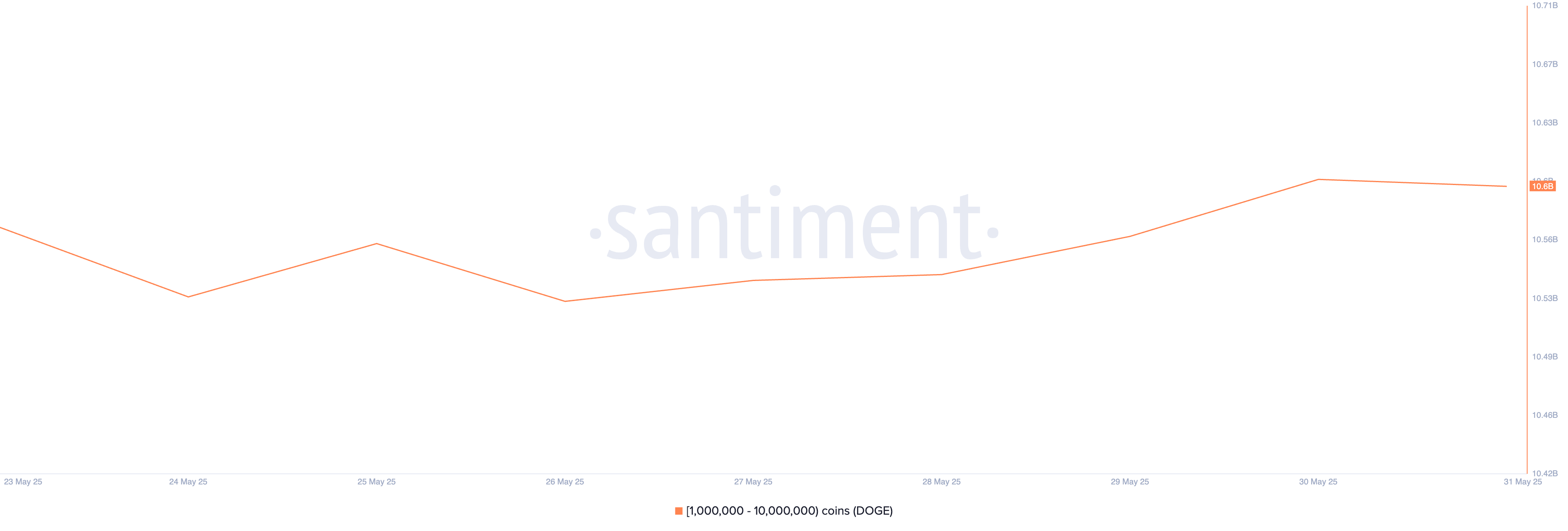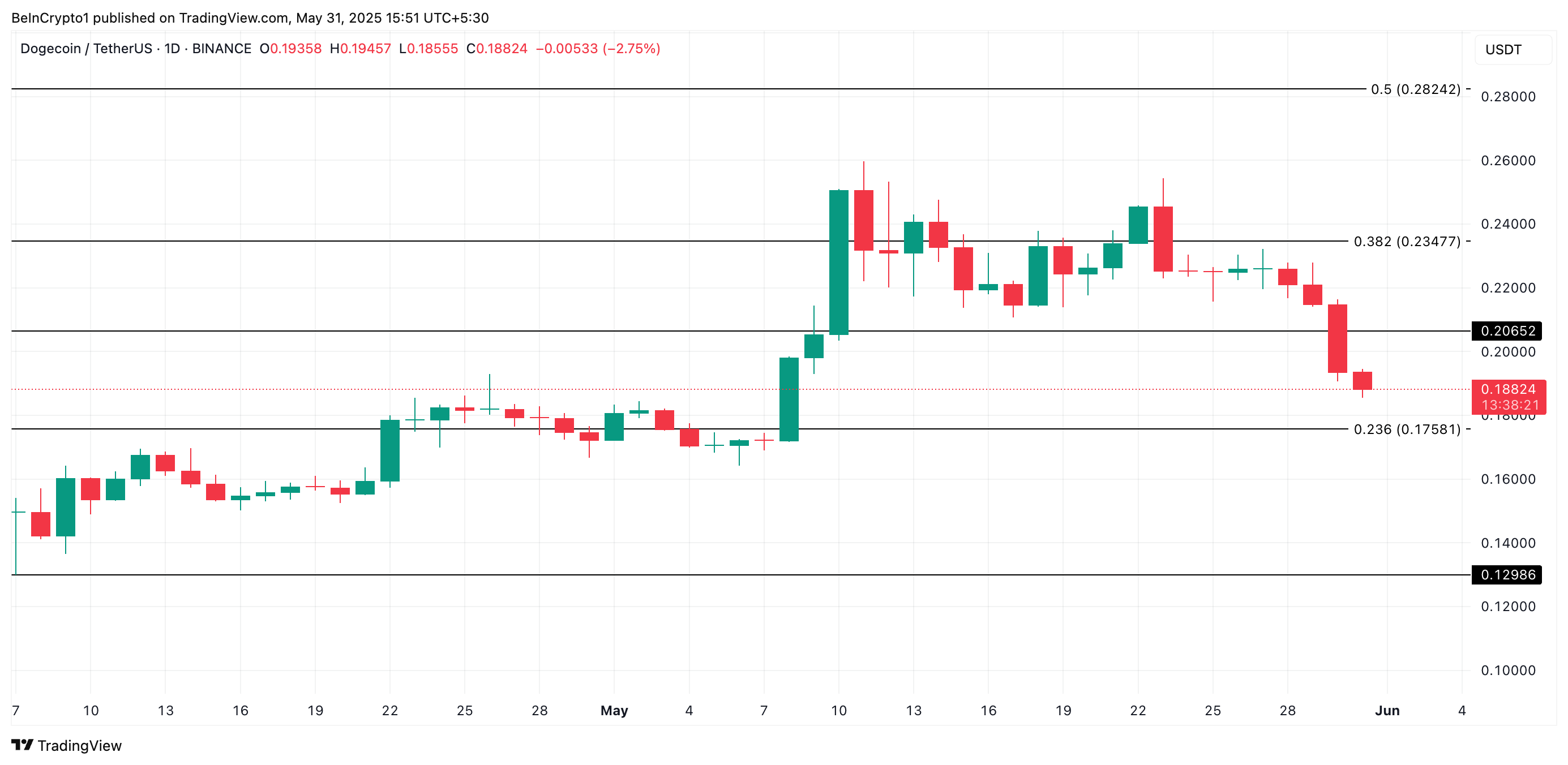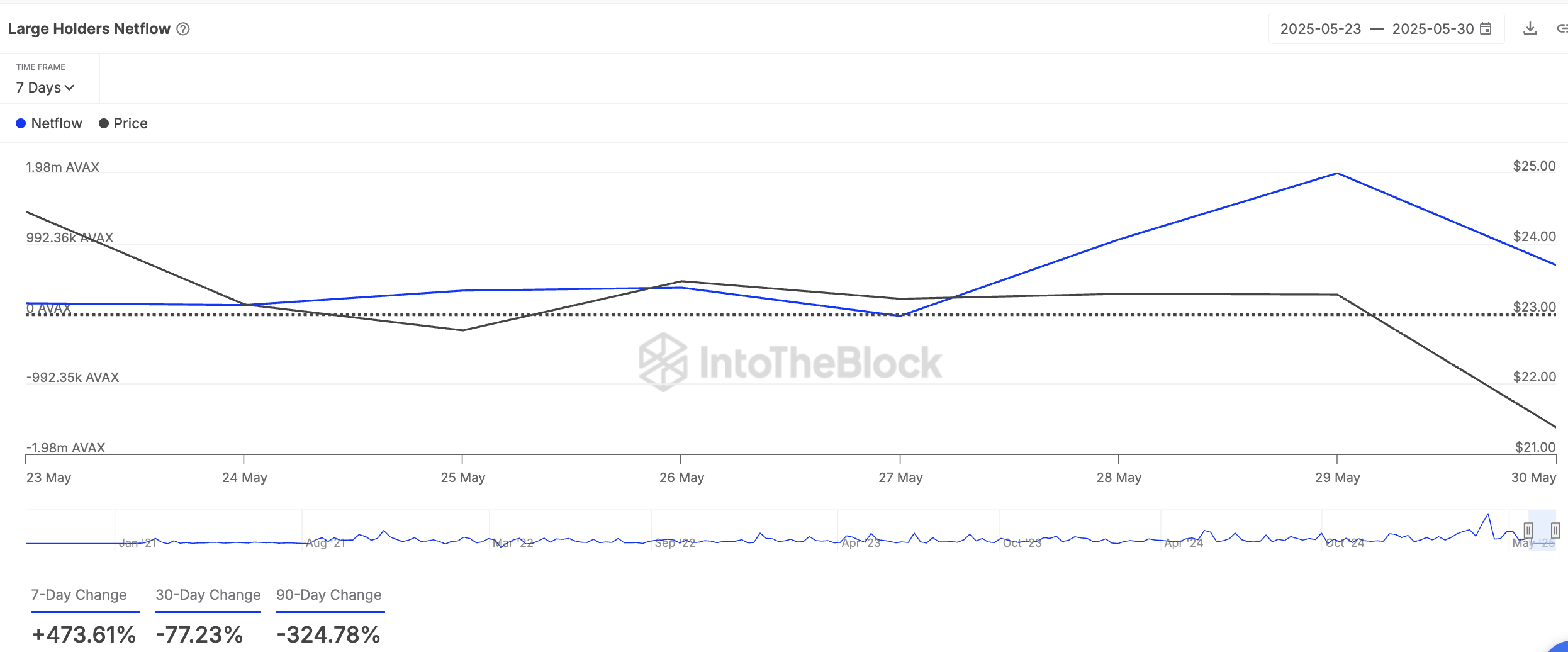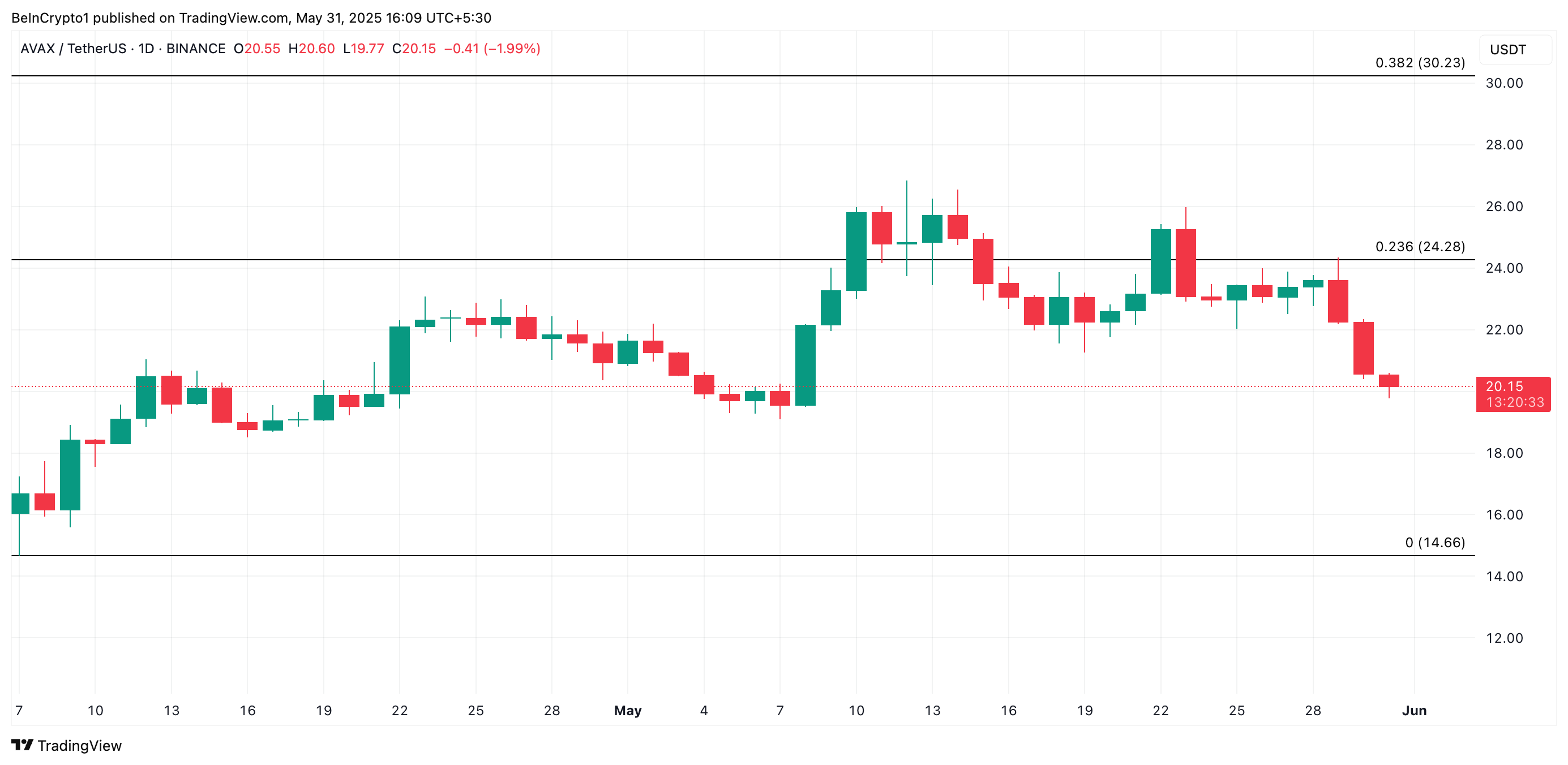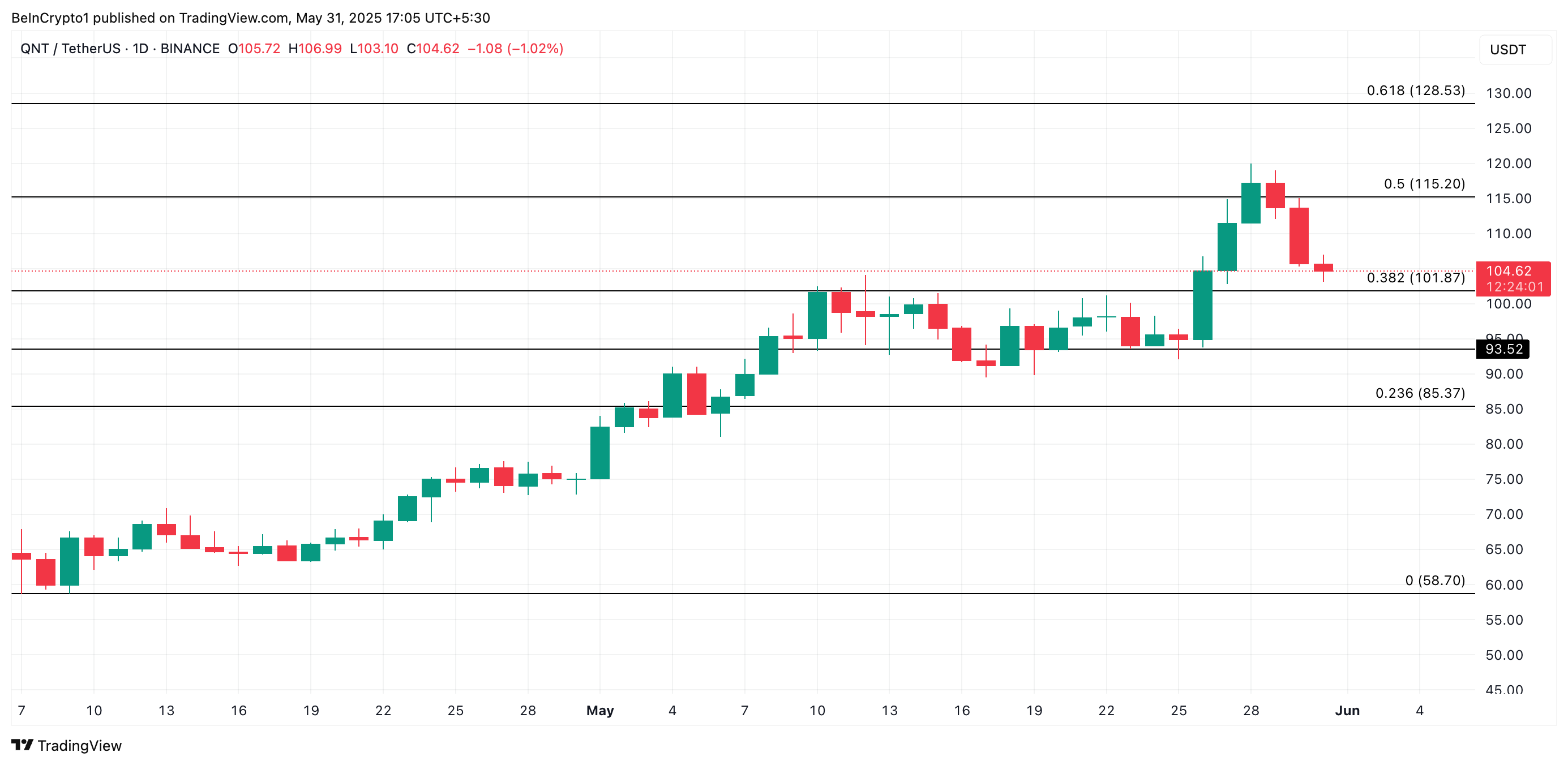Over the years, crypto has slowly become mainstream, with every institution and investor eager to cash in on its promise of massive fortunes. However, that wasn’t always the case.
Some individuals saw the potential in digital assets when most dismissed them as speculative fads. By betting big, sometimes everything they had, these early adopters transformed their lives, turning small investments into millions. Today, their crypto success stories stand as powerful evidence of their early faith in the industry.
Erik Finman
Erik Finman is the world’s youngest Bitcoin (BTC) millionaire. In 2011, at just 12 years old, he made a decision that would change his life. He invested a $1,000 gift from his grandmother, intended for his college education, into Bitcoin. This early investment would go on to make him a millionaire.
Finman first encountered Bitcoin at a protest, where he noticed a man wearing a Bitcoin shirt. Intrigued, he approached the man and asked about the cryptocurrency.
“He’s like a hippie, he’s like, ‘Man, I think it’s gonna end Wall Street, all the corruption, and all the bad things,’” Finman recalled.
This sparked his curiosity, and he soon began researching Bitcoin and decided to invest. Frustrated with traditional schooling and teachers, he dropped out of high school when he was 15. By the end of 2013, when the price of Bitcoin reached $1,200 per coin, Finman sold $100,000 worth of Bitcoin
With his newfound wealth, Finman launched Botangle in early 2014. Botangle was an online education platform inspired by his disdain for conventional schooling and offering an alternative to it. In 2015, Finman sold Botangle for 300 Bitcoins.
But he didn’t stop there. The young Bitcoin investor made a bet with his parents: if he became a millionaire by the time he turned 18, they wouldn’t force him to attend college.
By 2017, Finman had fulfilled that bet. Bitcoin’s value had surged to around $2,700 per coin, and Finman’s holdings, totaling 403 Bitcoins, made him a millionaire at 18, just as he had promised.
After becoming a Bitcoin millionaire, Finman went on to launch several successful ventures. He founded MetalPay and CoinBits, a crypto investment startup.
In addition, he created FINFund, a venture capital fund focused on disruptive technologies. Furthermore, Finman established a political action committee, Future PAC.
“By the age of 25: I dropped out of school and moved to SF. I sold my first startup. I made my first million in Bitcoin. I created a working Dr. Octopus suit. We launched a satellite. We launched a multi-million dollar crypto startup. Gen-Z gets it done,” Finman wrote on X.
Glauber Contessoto
Glauber Contessoto, dubbed the “SlumDoge Millionaire,” epitomizes the high-stakes gamble of meme coin investing. Born in Brazil and raised in poverty after moving to the US, Contessoto worked at a music company and dabbled in stocks before learning about Dogecoin (DOGE) on Reddit.
Inspired by Elon Musk, Contessoto decided to take a huge risk. He spent all his life savings, sold his stock portfolio, and took out a margin loan on the Robinhood app to invest $250,000 in Dogecoin (DOGE) in February 2021.
His timing was impeccable. Musk’s tweets sent Dogecoin’s price soaring. At one point, Contessoto’s holdings were worth around $3 million.
“Ok I’m just going to put this out there. I believe I’m the first Dogecoin Millionaire of 2021. It officially happened yesterday April 15th 2021 at 6pm PST,” Contessoto shared in 2021.
However, this fortune did not last long. As DOGE prices fell, so did his wealth.
Nonetheless, unrealized losses are not losses until you sell. In 2024, he reclaimed his millionaire status.
“People laughed when I said DOGE was coming back. But I never sold, I just bought more. I have $1.2 million in DOGE currently,” he posted.
His success story of going from poverty to millions remains one of crypto’s most dramatic rags-to-riches tales.
Lea Thompson
Lea Thompson, also known as “Girl Gone Crypto,” was first introduced to cryptocurrency after witnessing a friend mine digital currencies. She received crypto payment for a project and also began making monthly investments between $500 and $1,000 in Bitcoin and Ethereum. Her early exposure paid off during the 2017 bull run when Bitcoin’s value surged.
“I got to experience that really big 2017 bull run. And that was just so exciting to see – the Bitcoin I had bought went up to $20,000,” she said.
The profits from her investments provided Thompson with the opportunity to leave her job and transition into a full-time career as a crypto content creator. She now uses her platform, Girl Gone Crypto, to share educational content about the cryptocurrency world.
Thompson has built a massive online following, with around 243,000 followers on X, 43,000 followers on Instagram, and 16,800 subscribers on YouTube.
Her story is significant not only for her early crypto adoption and success but also for her role as a woman in a traditionally male-dominated industry. Thompson’s evolution from a casual observer to a successful influencer illustrates how timing, curiosity, and engagement in the community can lead to remarkable success in the crypto space.
The post Crypto’s Early Risers: 3 Investors Who Bet Big and Won appeared first on BeInCrypto.

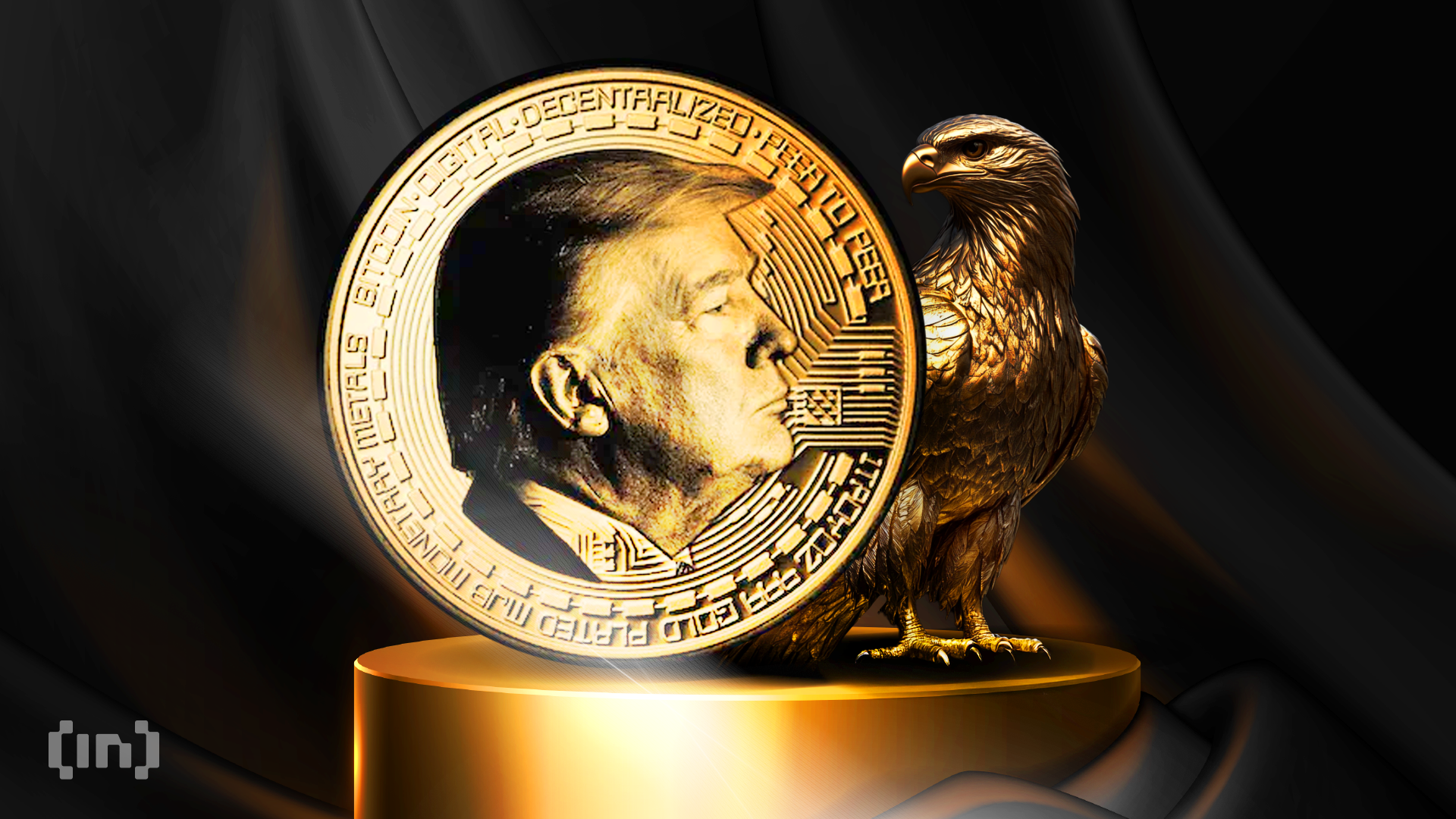
 BlockRock is now officially backed by both Aqua1 Foundation and World Liberty Financial — pioneering the next standard for TradFi × Web3 integration.
BlockRock is now officially backed by both Aqua1 Foundation and World Liberty Financial — pioneering the next standard for TradFi × Web3 integration. 
